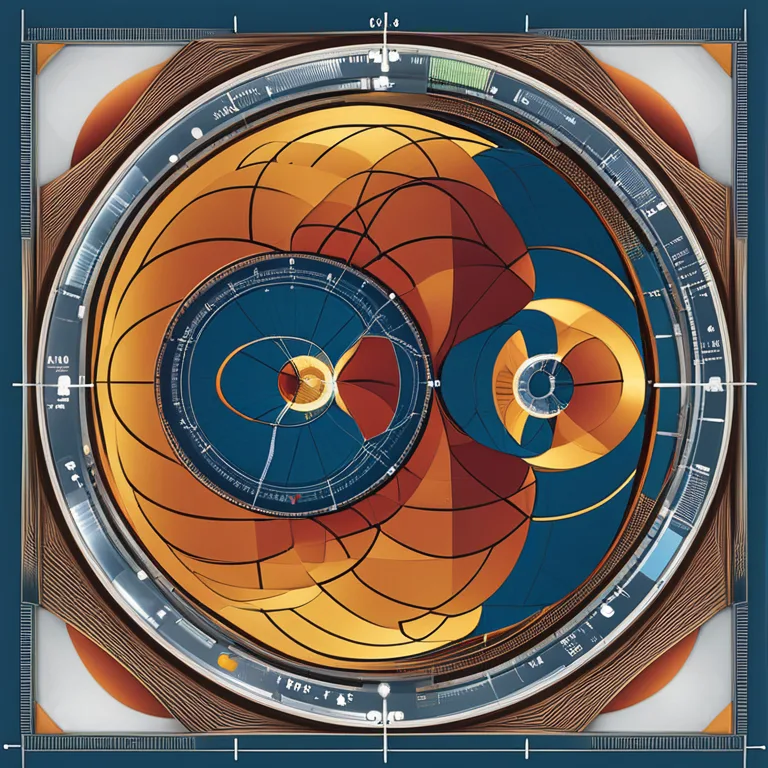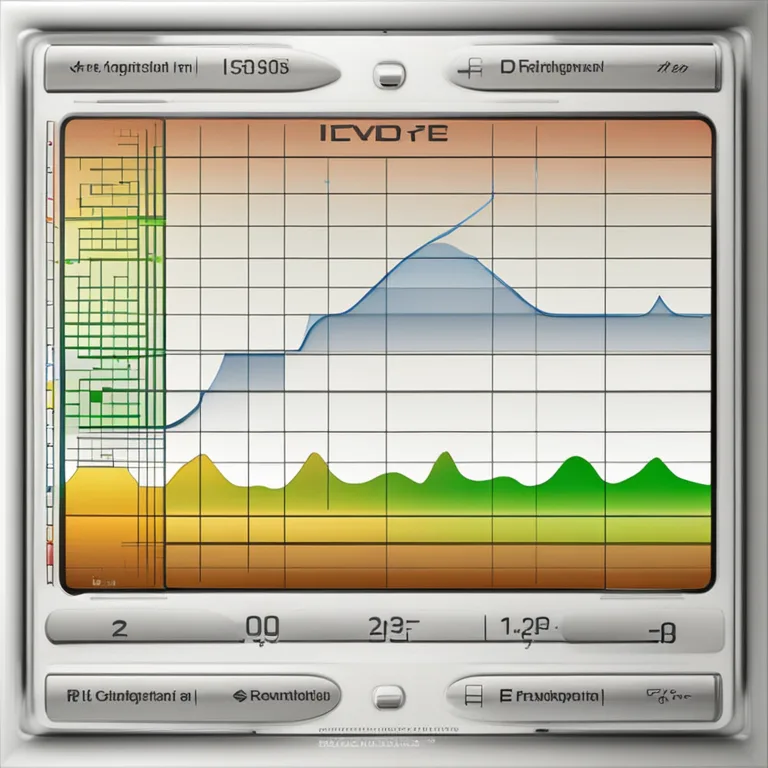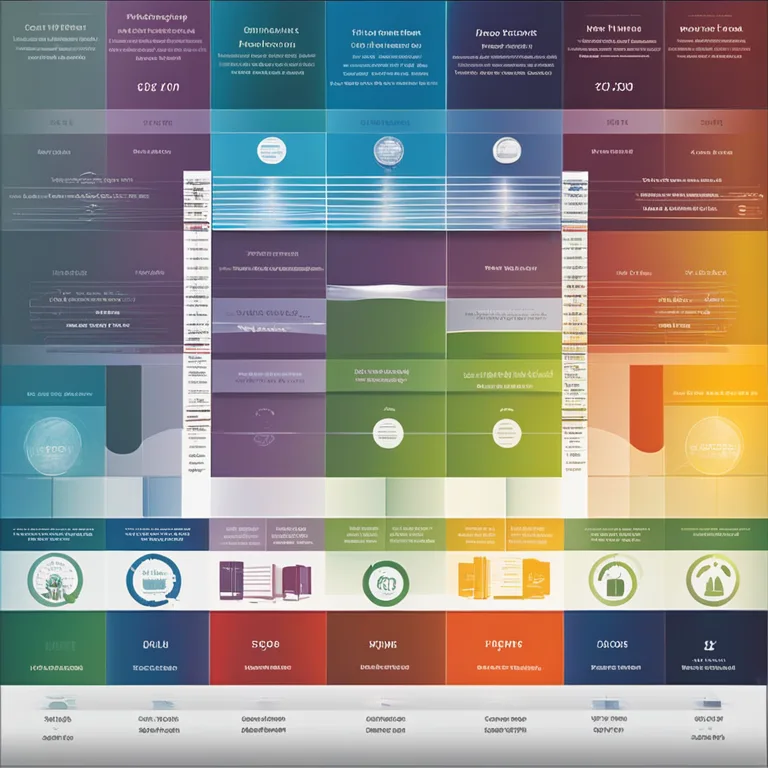
The Basis of Biorhythms: An Insight Into Biological Cycles
Discover the scientific foundation of biorhythms and how these natural cycles influence our physical, emotional, and intellectual well-being. Dive deep into the fascinating world of biological rhythms in this comprehensive article.
article by Adrian Wallace
The Concept of Biorhythms
Biorhythms are essentially the idea that our lives are affected by rhythmic biological cycles. Since the early 20th century, when Dr. Hermann Swoboda and Dr. Wilhelm Fliess introduced the notion of innate biophysical rhythms, the concept has evolved with research. These cycles are said to influence our physical, emotional, and intellectual capacities. Understanding the basics of biorhythms requires recognizing the various cycles, such as the 23-day physical, 28-day emotional, and 33-day intellectual cycles. Although these figures were originally indicative, ongoing studies aim to further refine our grasp of these temporal patterns within our bodies.

Scientific Foundations
Scientific interest in biorhythms has paralleled research in chronobiology, the field that examines periodic (cyclic) phenomena in living organisms. Circadian rhythms, which follow a roughly 24-hour cycle, are the most studied and have concrete evidence backing them, such as the 2017 Nobel Prize-winning study on internal biological clocks. Biorhythms, while related, are purported to operate over longer periods. Their basis lies in the hypothesis that from birth, individuals begin to experience robust undulations in vitality, moods, and mental capacities, theoretically mapped out by these rhythmic cycles.

Critical Perspectives
Academic and scientific scrutiny questions the empirical validation of biorhythm theory. Critiques often point out that there is a lack of solid, replicable data that satisfies rigorous scientific methodology. This skepticism is heightened by the theory's use in pseudo-scientific contexts. However, its popularity in wellness and self-improvement circles suggests that regardless of scientific consensus, many individuals feel that tracking their biorhythms provides a useful framework for understanding and managing their daily lives, which warrants further investigation and discussion within the scientific community.

Tracking and Calculations
For those interested in applying biorhythms to everyday life, the process begins with calculating the individual's cycles starting from the date of birth. Numerous biorhythm calculators and software have emerged, especially with the advance of digital technology, allowing for the easy tracking of personal rhythms. These tools offer visual representations of the intersecting cycles, creating peaks and troughs that purportedly correspond to high and low phases in an individual's physical, emotional, and intellectual states.

Applications of Biorhythm Theory
Despite the debate surrounding their foundational science, biorhythms have found their place in various applications. From personal well-being strategies to compatibility analyses in relationships, these cycles offer insights that many find valuable. Proponents of biorhythm theory advocate for its use in planning critical activities, engaging in sports, and even in businesses seeking to bolster employee performance. They argue that aligning activities with one's personal rhythms can lead to increased effectiveness and well-being.
Future of Biorhythmic Research
While biorhythms hover between science and pseudoscience, the journey for legitimacy in the scientific field continues. With advances in technology and data analytics, there is potential for deeper insights into how rhythmic patterns affect us. Wearable tech, health apps, and personalized medicine are opening new frontiers for real-time biological tracking, which may unveil more about the extended cycles biorhythms propose. As we move forward, the intersection of tangible data and the lived human experience could reshape our understanding of these fascinating rhythms.
Published: 12/28/2023
Modified: 12/28/2023
More predictions
Come back here soon to learn more about yourself and your future


The Accuracy of Biorhythms: Fact or Fallacy?
Evaluating the precision of biorhythms and how they merit in personal assessment for the contemporary mindful individual.


Halting Biorhythmic Cycles: Can It Be Done?
Discover whether it's possible to stop your biorhythms and the implications it might have on your well-being and life harmony.


The Rhythms of Life: A Guide to Biorhythm Cycles
Discover the science of biorhythm cycles and how they influence your physical, emotional, and intellectual states throughout life.